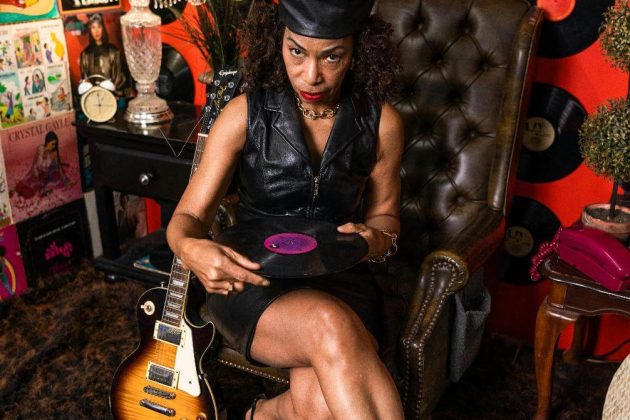Exploring the Intriguing World of Bordellos: A Glimpse into the History, Controversy, and Allure

The word bordello evokes a sense of mystery, allure, and scandal. Its mere mention brings to mind images of dark, lavish rooms, sultry music, and women clad in sensual attire. But what exactly is a bordello? And why does it continue to spark both fascination and condemnation?
In this blog post, we will delve into the world of bordellos, exploring its history, controversies, and enduring appeal.
A Brief History of Bordellos
Bordellos, or brothels, have existed for centuries, with their origins dating back to ancient civilizations. In ancient Greece, prostitution was a legal and accepted practice, and brothels known as ‘domas’ were common in major cities. Similarly, in ancient Rome, ‘lupanars’ were known as houses of pleasure where sexual services could be purchased.
During the Middle Ages, brothels were tolerated but strictly regulated. In Europe, many cities had designated “red-light” districts where bordellos operated under government control. In Japan, brothels were known as ‘yûkaku’ and were an established part of society, with courtesans held in high regard.
However, by the 19th century, brothels had become associated with crime, disease, and exploitation, leading to widespread efforts to shut them down. In the United States, the rise of the Puritan movement and the passing of the Comstock laws in the late 1800s made prostitution illegal. This led to the closure of many brothels, driving the industry underground.
Controversy Surrounding Bordellos
The controversy surrounding bordellos stems from the moral and ethical complexities of prostitution. Prostitution is often viewed as the exploitation of vulnerable individuals, especially women, who may be forced into the trade due to poverty or coercion. There is also concern about the spread of sexually transmitted diseases and the objectification of women.
Moreover, the legalization of prostitution and the operation of bordellos are hotly debated topics. Proponents argue that legalizing prostitution would lead to better working conditions and protection for sex workers, as well as reducing sex trafficking and the involvement of organized crime. On the other hand, critics believe that legalization would only perpetuate the objectification of women and increase the demand for sexual services.
The Appeal of Bordellos
Despite the controversies surrounding brothels, they continue to hold a certain appeal for many. There is a long-standing fascination with the forbidden and the taboo, and bordello’s thrive on this allure. Their secretive nature and glamorous façade make them almost mythical, adding to their intrigue.
For some, bordellos represent a form of escapism, a place where they can live out their fantasies without judgment or consequences. The enticing prospect of being catered to and indulging in sensual pleasures without strings attached is appealing to many.
Bordellos have also become popular tourist attractions in some countries, especially those where prostitution is legal. Amsterdam’s famous Red Light District, for example, attracts thousands of visitors each year, drawn by the novelty and the freedom to indulge in legal prostitution.
The Modern-Day Bordello
While bordellos may have a long history, they have also evolved with the times. In today’s digitally connected world, the sex industry has also gone online, with the rise of escort services and online platforms that offer sexual services.
These modern-day bordellos operate in a very different manner from their predecessors, with many offering a wide range of services and catering to specific fetishes or preferences. Escort services have become increasingly popular, offering the convenience of hiring a sex worker who can meet you at a location of your choosing.
Furthermore, technology has allowed for greater discretion and privacy, with online platforms allowing for direct communication between clients and sex workers. This has also raised concerns about the safety and well-being of sex workers, as they may be more vulnerable to exploitation and abuse.
In Conclusion
Bordellos are not just places of illicit pleasures; they are a reflection of our society’s attitudes and values towards sex and morality. They have a long and complex history, and their existence continues to spark debates and controversies.
While the modern-day bordello may look very different from its ancient predecessors, its essence remains the same – a place where people can fulfill their desires and explore their fantasies. Love them or hate them, bordellos are likely to remain a source of fascination and controversy for years to come.


